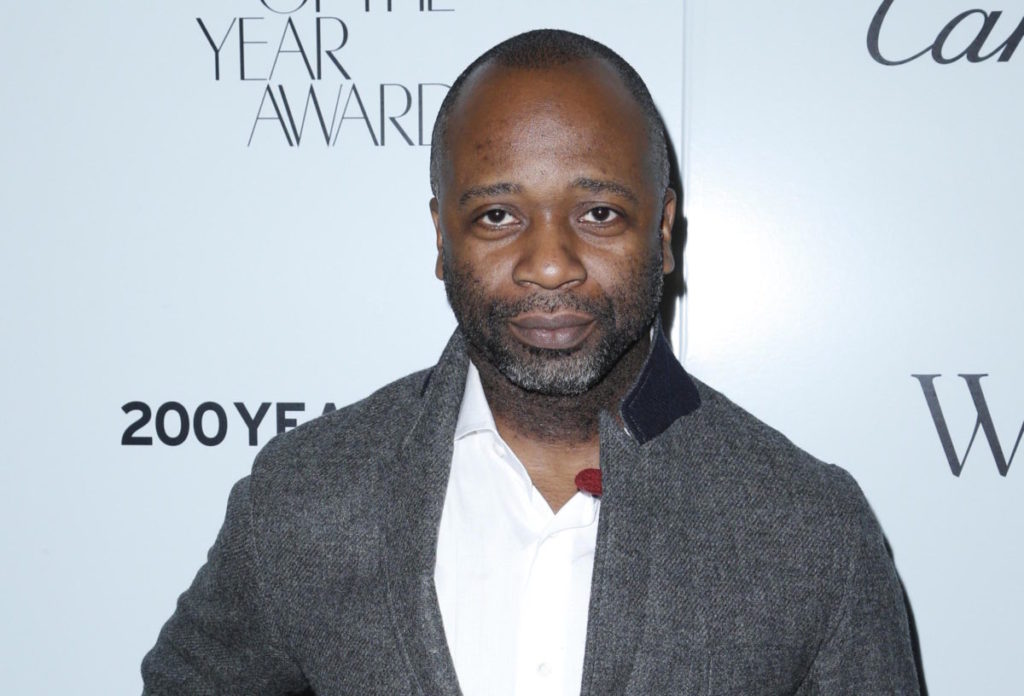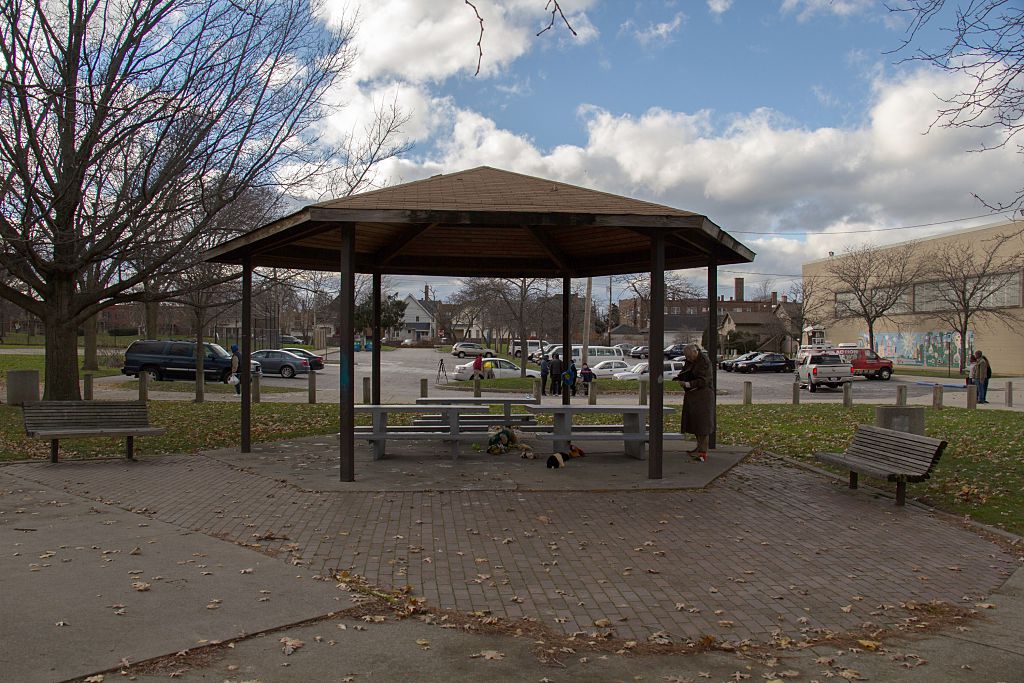Art World
Theaster Gates Secures Loan for the Gazebo Where Tamir Rice Was Shot
The structure has become symbolic of police violence against African-Americans.

The structure has become symbolic of police violence against African-Americans.

Henri Neuendorf

The Rebuild Foundation controlled by the Chicago artist and social activist Theaster Gates has acquired on loan the gazebo where 12-year-old Tamir Rice was fatally shot by Cleveland police for playing with a toy pellet gun in November 2014.
The gazebo has become a place of mourning and a symbol of the debate surrounding police brutality against black people following similar incidents in Ferguson, Missouri; Baltimore; and New York City.
According to the New York Times, Samaria Rice originally wanted the structure to be destroyed. “I didn’t want to see it ever again,” she said. “It was a bad memory for me and a bad memory for the neighborhood, especially the children.”
However Rice explained that she eventually changed her mind. “After I though about it a while, I realized it has become a part of history—Tamir’s last place,” she said. “Maybe we can learn from it. Maybe it can even be a healing place.”

The gazebo stands in Cudell Commons Park Cleveland, OH. Photo: JORDAN GONZALEZ/AFP/Getty Images.
And so on Thursday the Tamir Rice Foundation—which obtained the structure from the city of Cleveland—signed a loan agreement with Gates’ Rebuild Foundation. The gazebo has now been taken apart piece-by-piece, boxed up, and shipped to Chicago.
For Gates, identifying and exhibiting evocative objects in an arts context is an important part of his practice. Speaking to the Times, the artist explained it will eventually become part of his exhibition space in a decommissioned bank on Chicago’s South Side.
“The Arts Bank is a repository for black objects, and those objects sometimes carry pain and sometimes joy,” he said. “What I wanted to know was, how could we be part of the change that happens in the city with regards to gun violence and police brutality.”
For now, however, the gazebo will remain in storage while Gates consults community leaders and gun violence activists to help determine the best context in which to display the poignant structure. “We don’t just put this stuff out there,” the artist explained. “When we do land on a site we want to see it as a place to pray, to meditate, to have an open dialogue. We want this to be a place of both contemplation and amplification.”